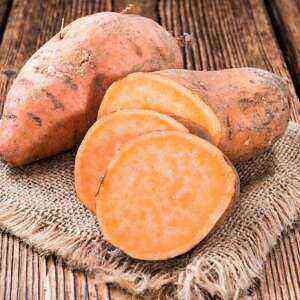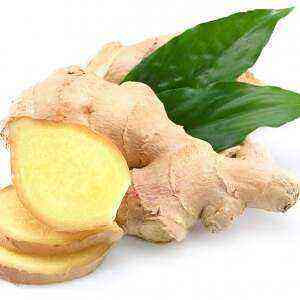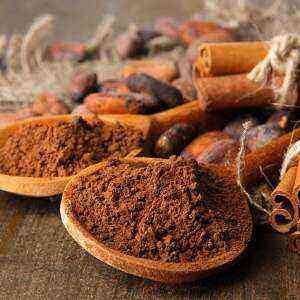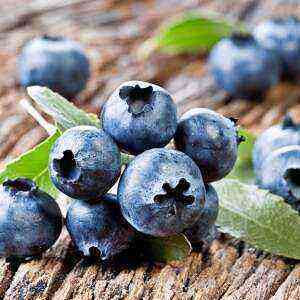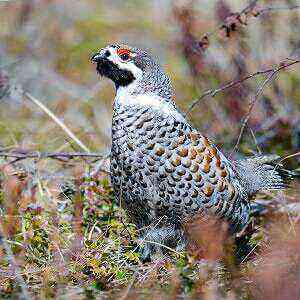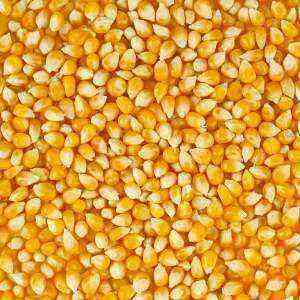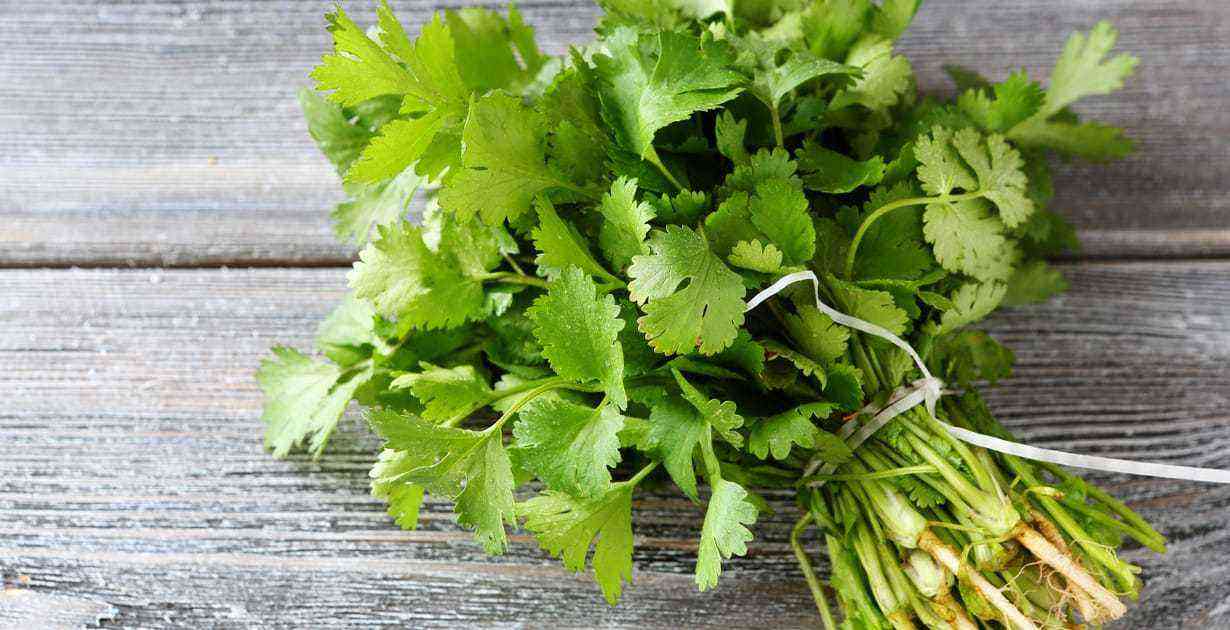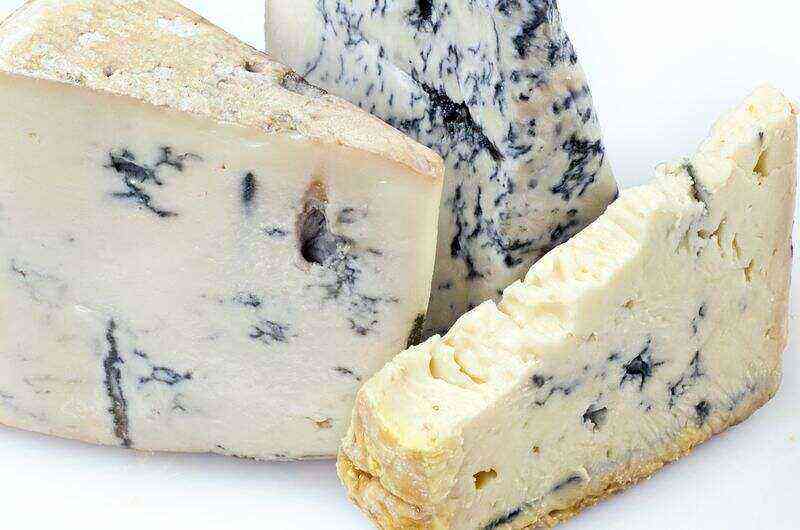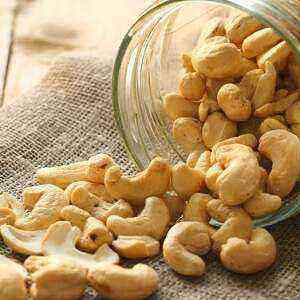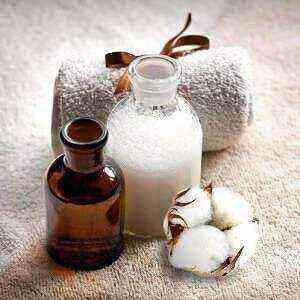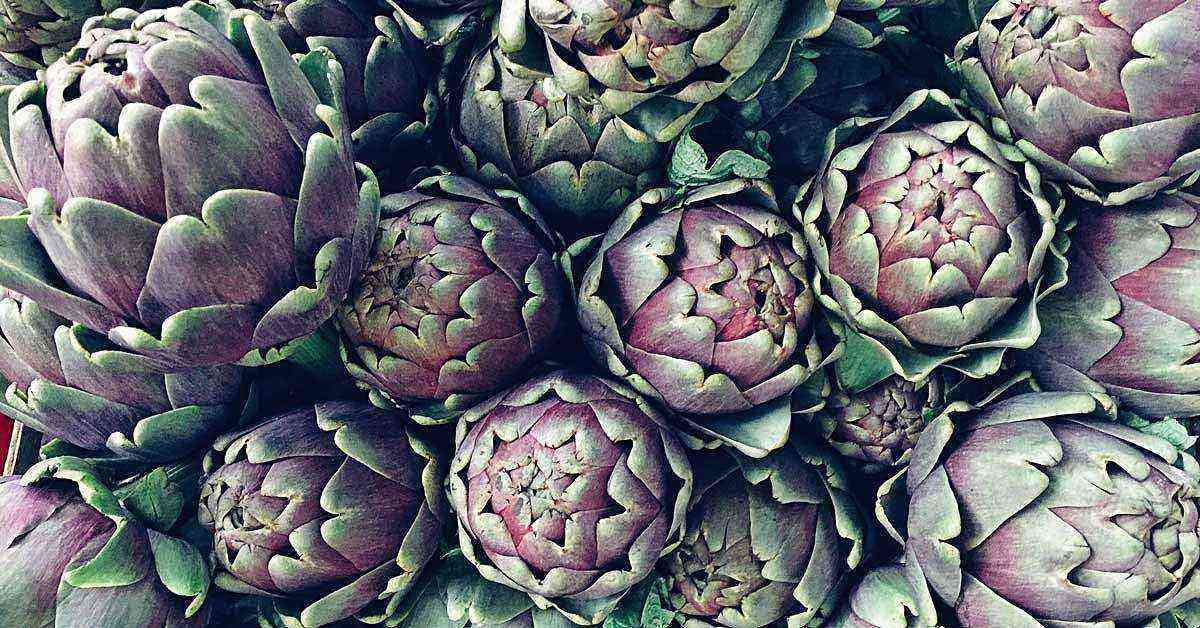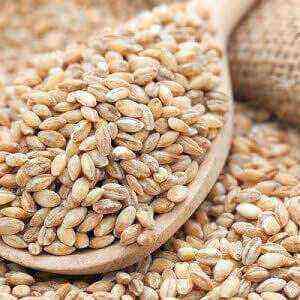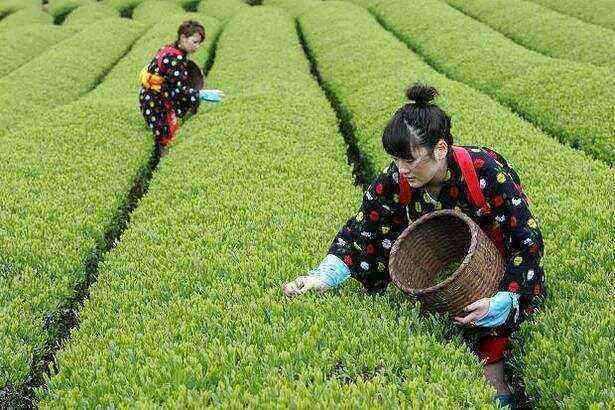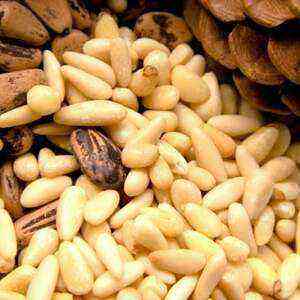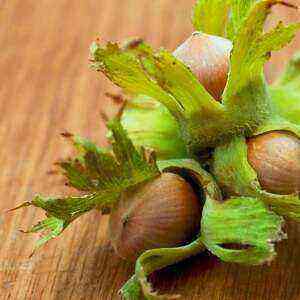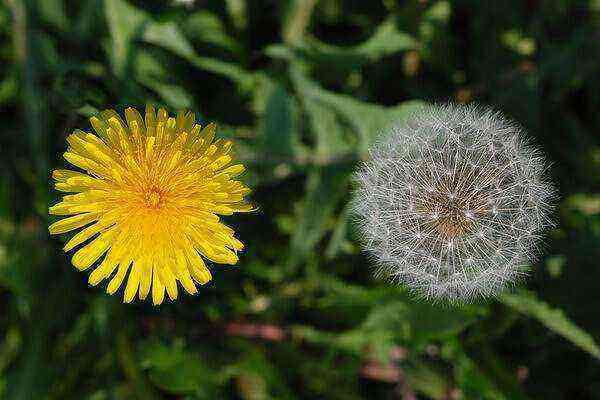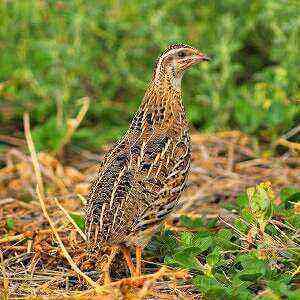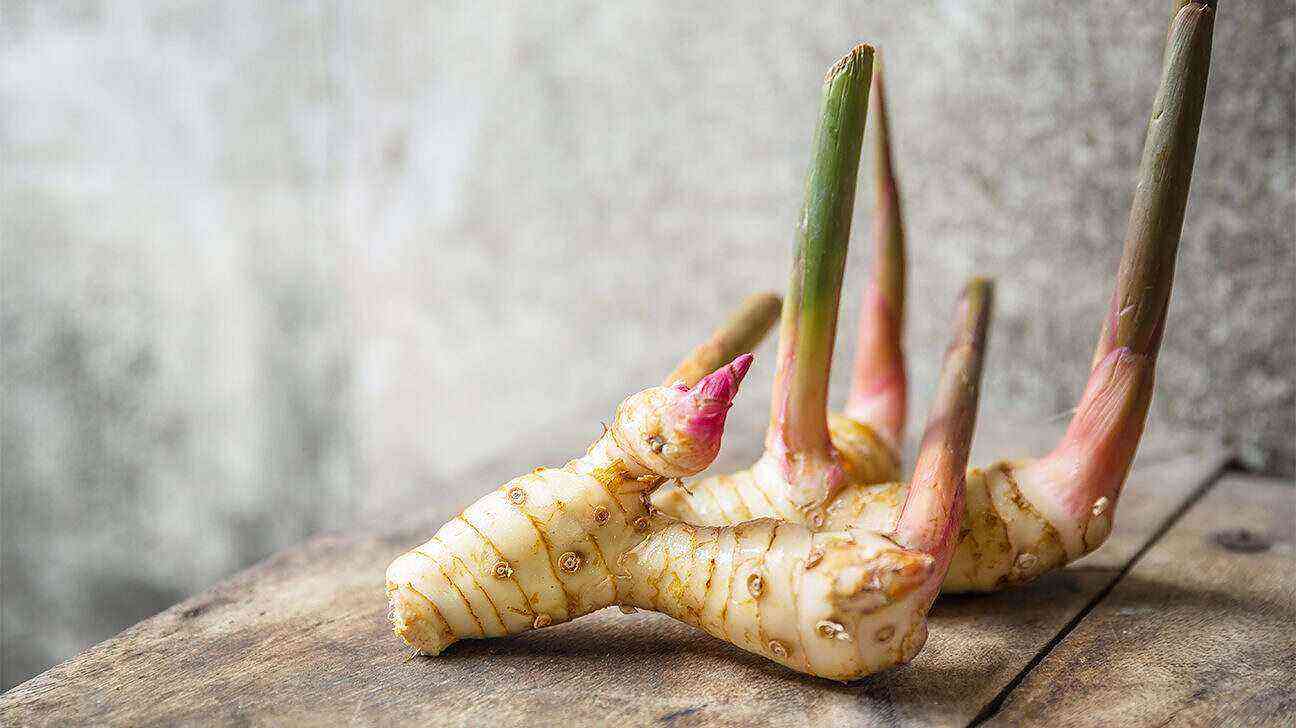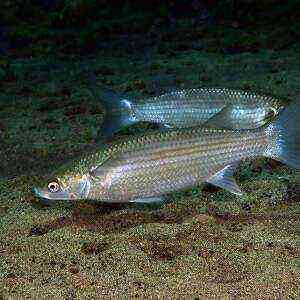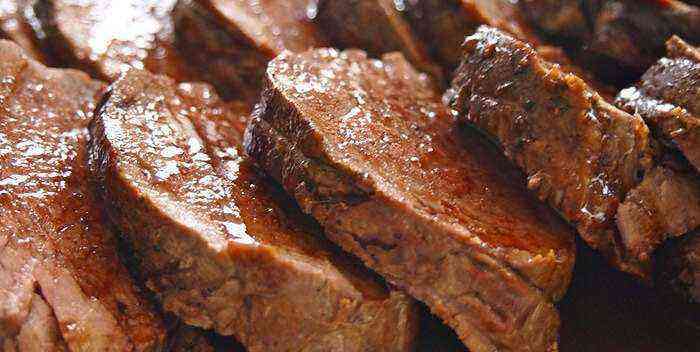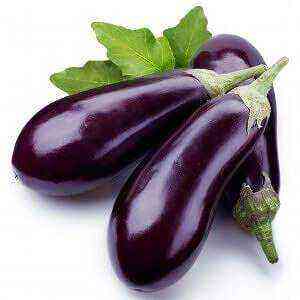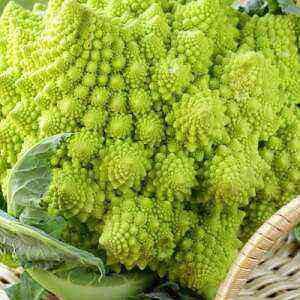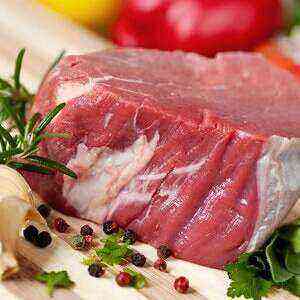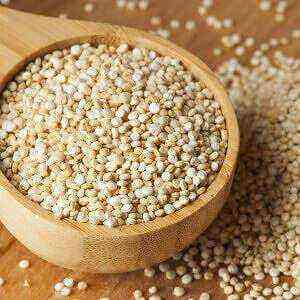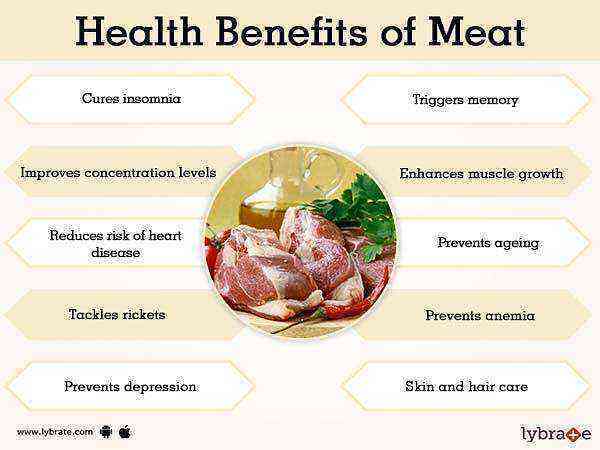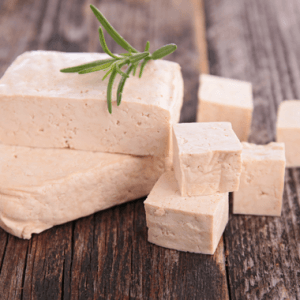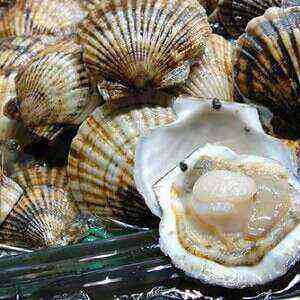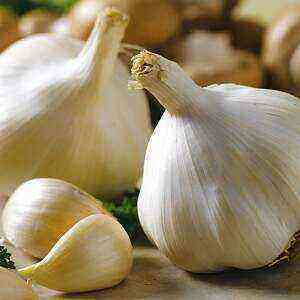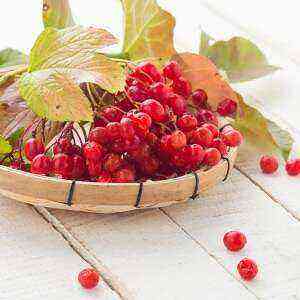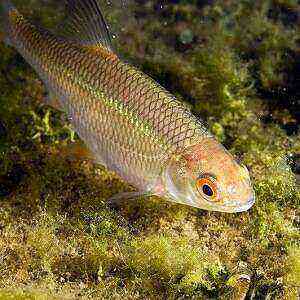
Distinctive characteristics of roach: large scales (up to 45 pieces in the lateral line), non-jagged pharyngeal teeth located on each side, position of the beginning of the dorsal fin above the base of the ventral, fall at the end of the muzzle. Sides, silver belly, blackish back with green or bluish tinge, pectoral fins yellowish, caudal greenish gray with red tint, abdominal burgundy. Also come across specimens with golden scales.
Roach keep in flocks under the protection of aquatic vegetation, snags and hanging trees in places with weak currents. The fish is not shy. Life expectancy does not exceed 21 years. Maximum weight – 3 kg, body length – 50 cm.
Chemical composition
Roach is a dietary fish, recommended for use by children, lactating and pregnant women, the elderly. In 100 g fish fillets are concentrated 100 kcal, 25% daily protein requirement, 33% in iodine, 110% in chrome, 200% in cobalt.
The roach grows for a very long time, feeds on zooplankton, so if you do not catch it on an industrial scale, water blooms and overgrowing of water bodies begins. After extracting fish from lakes and rivers, phosphorus and nitrogen are removed from the biological circulation, as a result, more valuable representatives come to the place of the sorogues.
In the late XX – early XXI century, roach was recognized as a dangerous inhabitant of the Baltic Sea and ceased to be in demand in the Nordic countries.
Table No. 1 “Food Value of Siberian Roach”
Components
Content in 100 grams of product, grams
Water 75,6 Proteins 19,0 Fats 3,8 Ash 1,6
Table № 2 “The chemical composition of the Siberian roach”
Name
Nutrient content in 100 grams of product, milligrams
Vitamins
Niacin (PP) 2,9
Macronutrients
Sulfur 175 Chlorine 165
Trace Elements
Цинк
0,7
Фтор
0,43
Хром
0,055
Марганец
0,05
Йод
0,05
Никель
0,006
Молибден
0,004
Кобальт
0,02
Interestingly, the chebak is currently being processed into biodiesel or feed. In order to avoid overgrowing of water bodies in Finland, a project has started, which provides for an annual catch of 350 tons of the species.
Useful Properties
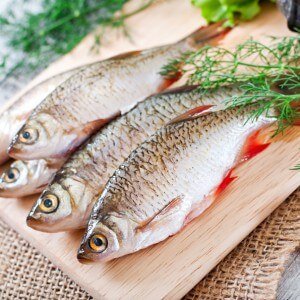
Extract from roach roe is used to improve the condition of hair, nails, fight against acne and the first signs of skin aging.
The only contraindication to the use of roach is an individual intolerance to the product.
Use in cooking
The fillet of the representative Karpov has a bright fishy taste, a very delicate structure. Most often, carcasses are salted, dried. Currently, among the dishes of Russian cuisine, the most popular pie and coulibia. In addition, roach stew in wine. The fish is in harmony with apples, cabbage. To eliminate the characteristic sea odor, it is sprayed with lemon juice.
Roach can be baked in foil and on charcoal, fry, smoke, pickle, cook. Before cooking the fish is recommended to soak in a strong solution of salt, it will help get rid of the specific smell of tina. For even baking and softening of small bones, deep cuts are made on the back (up to the spinal bone). Before cooking, the ears are previously removed eyeballs, which under the influence of high temperatures can give a bitter taste.
Criterias of choice
When buying, carefully inspect the carcass. Muddy eyes, damaged scales, unpleasant foul smell indicate the foulness of the fish. The presence of stains on the back or belly indicates that the chebak was caught from a polluted body of water, respectively, has accumulated in its meat toxic compounds, salts of heavy metals. This fish is not suitable for consumption. Fresh roach smells like lake water or silt, with smooth shiny scales that fit snugly to the body. Her belly is not swollen, her eyes are slightly convex, transparent, the gills are pinkish or bright red, without brownishness, yellowness, mucus and plaque. Meat elastic when pressed.
Roach should be prepared immediately after purchase. It does not tolerate frost. The maximum shelf life of raw fish is 2 days in the refrigerator.
Catching roaches
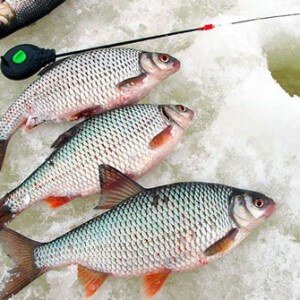
In winter, with increasing frosts, roach cuts through water areas in search of warmth. Because of this, it goes deep. It bites sluggishly. The best bait is bloodworm, burdock. Therefore, in the cold season, roach is caught in deep canals or under the ice of an ordinary article. They are infrequently fed.
With the arrival of spring, the fish in the stagnant waters rises in shallow water, where the water warms faster under the sun’s rays. In this period of the year, the roach prepares for spawning. Mature individuals gather in flocks, begin migration to river tributaries. In these places, the fish pecks at maggots, bloodworms, is caught on the 5-meter rod with a thin fishing line, hook № 18-20 and a light float. Tackle released over or placed on the bottom.
In summer, large representatives of the species return to their usual reservoirs to a depth – large rivers, lakes, reservoirs. Small fish remain in small channels, where they live among algae above the bottom in the water column. To catch roach in the summer, rods with shortened rigging with a thin wire up to 0,1 mm and a small hook No. 16-20 are used. Caddis flies, bloodworms, maggots are used as bait.
When the ambient temperature begins to fall, the sun rises higher above the horizon, wide shallow reservoirs are considered as good places to catch roach. In the autumn, small specimens hide in lake thickets of reeds. And large individuals go to a depth away from the shore. Poklev weak. To attract the attention of fish, they use a noticeable bait with a red worm or a bunch of maggots.
Favorite habitats of roach:
- backwaters and oxbows;
- mouths of flowing rivers;
- coastal thickets, shallow areas of the reservoir;
- in reeds, cattail;
- branches that fell into the water, the shadow of water lilies, flooded bushes.
The fish stays at the bottom, rises to the middle layers of the reservoir exclusively out of necessity – in search of food. In the summer heat, the roach swims to the surface to feast on insects that have fallen into the water. The fish feeds on worms, larvae, molluscs, crustaceans, algae, and mulberry.
The best place for catching a chebak is the mouth not less than one and a half meters deep, the lower coastal edge. They equip it in advance – they put a cage and a seat, feed the point. On the lakes, ponds, fishing from the ship. Sufficient depth for catching roach is considered to be 10 m.
Bait and bait:
- in summer: greens, breadcrumbs, shell meat, grasshopper, caddisflies, worm;
- in winter: burdock larvae, worm, bloodworm;
- in spring: barley, semolina, trowel, dough, maggot, worm, bloodworm;
- in autumn: steamed wheat, peas, barley, maggot, dough.
Remember, top dressing increases the chances of successful fishing. It allows you to keep the flock in place and attracts fish from neighboring areas.
Conclusion
Roach is a small fish containing 19% protein and 0,4% fat. Triglycerides are polyunsaturated fatty acids (PUFAs) with pronounced antioxidant properties. Due to its low fat content, fish are allowed to be consumed by obese people and people with diabetes. In addition, PUFAs prevent the risk of developing Alzheimer’s disease, cancer, stroke, cataracts, rheumatoid arthritis, myocardial infarction, and premature aging of the body. Roach is a source of protein, macro- and microelements. This is a low-calorie product in 100 g of which only 100 kcal is concentrated. Due to this, it is included in the Japanese diet. Fish dulls hunger without causing weight gain.
Nutritionists recommend including roach in the diet of pregnant women, children, old people, nursing mothers, allergy sufferers, people with problems of the cardiovascular system and digestive tract. Diet fish meat is best used boiled or stewed. The recommended daily allowance is 100 g. In addition, roach caviar is widely used in cosmetology to improve the condition of hair and skin. It has the strongest stimulating, anti-aging properties. Cosmetics based on it increase the turgor of the dermis, remove rashes, nourish and give a healthy complexion to the face.
